If you look outside your window on a summer’s day, how many animals do you see?
For obvious reasons, there is no one-size-fits-all answer to this question. On the outskirts of a city such as Chicago or St. Louis, you might see a sprawling grassy field alive with flies, bees and dragonflies, not to mention birds and mammals.
On the other hand, many people who live in urban centers will see nothing but brick walls opposite, with maybe an external A/C to lend a little interest.
If you’re lucky and work in the Loop or live opposite a concerned citizen, you might gaze across at a green roof – or even look out upon your own.
This question matters not because a great view is, well, great (although that counts for a lot too), but because what you see correlates directly with the happiness of your neighborhood pollinators.
Green space = happy bugs, birds and mammals. Barren surfaces = not.
Sure, this subject might not seem like the most crucial in the world – not with bills to pay and projects to finish and social initiatives to launch – but it’s far more important than you might think.
If you don’t truly understand who our pollinators are and why you should care, it’s time to change that today. Only then can we protect the diversity of pollinators within our cities and outside their borders.
Can We Get a True Definition of Pollinators?
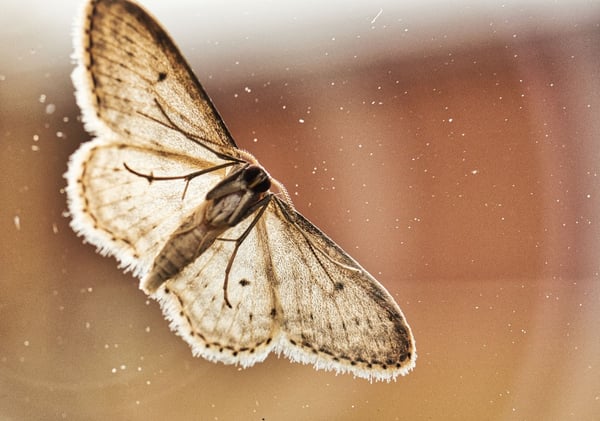
Look out that same window. If you’re lucky enough to see flowers on a summer’s day, then chances are bees aren’t far away. Honeybees, maybe a fat bumblebee, but that’s about all you recognize, most likely.
And yet.
That is far from the totality of this classification we know as “the pollinators.” There's so much more beyond the honeybee.
“A pollinator is anything that helps carry pollen from the male part of the flower (stamen) to the female part of the same or another flower (stigma),” explains the National Park Service.
“The movement of pollen must occur for the plant to become fertilized and produce fruits, seeds, and young plants.”
Who are the stars of the show, you’re wondering?
A lot of different creatures, actually:
- Bees
- Wasps
- Moths
- Butterflies
- Birds
- Flies
- Small mammals, including bats
Some pollinators collect pollen on purpose, moving it from plant to plant as they carry it back to their homes, explains NPS – as in the classic case of bees, which carry it to their hives.
Others move the pollen unintentionally. It’s sticky, so when insects, birds or bats stop for a sip of nectar, it clings to them and takes a ride to the next plant or bloom. That's why it's so important to protect the diversity of pollinators; they each do their job in their own way, and without even one of them, the world is a poorer and more fragile place.
What Role Do Pollinators Play in Our Ecosystems?
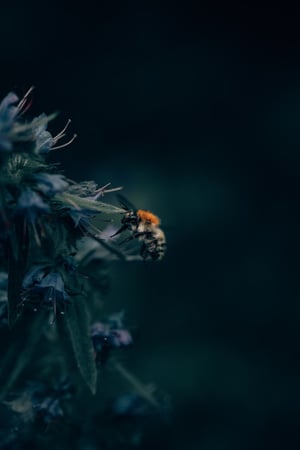
The next question, and the one most people are most anxious to answer, is why we should even care. With so much on the to-do list, there better be a dang good reason for bumping the birds and the bees on up to the top.
Well, there are several.
First, let’s talk environment.
Bees, flies and other pollinators help create healthy forests, grasslands and even deserts, as well as all the other biomes.
Often a species specializes in pollinating a certain plant, without which that plant species would risk extinction. They also help with reproduction of the organisms on which wildlife survives, such as the flowers from which birds drink or the oak trees from which squirrels gather nuts.
They perpetuate the many grasses and shrubs that deer crop, which in turn helps prey species grow fat and nourishing to wide-ranging apex predators, such as wolves and grizzlies.
Pollinators are one of the most critical classes of animals on the planet, laying the foundation for healthy ecologies from urban to rural, cold to hot, wet to dry and everything in between.
Many of them are beneficial insects, which help control pest populations and keep plants healthy.
If that’s not enough, you really need them for that berry pavlova you’ve got planned for dinner with the boss.
What Do Pollinators Do for Us Humans?
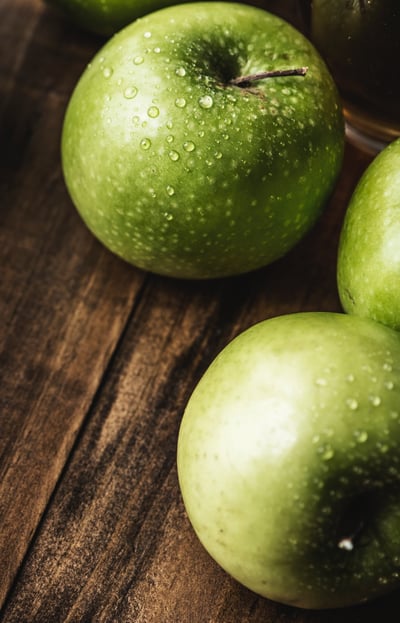
Bees feed us, plain and simple.
They are responsible for anything from 30 to 90 percent of our food production, depending on whom you believe. Most cereal crops, many fruits and the majority of veggies depend on at least some pollinator action.
Others, like almonds, would be gone in a generation without the bees who move from bloom to bloom at harvest time.
(And we all know what that means: No marzipan. Aunt Shirley will not be pleased this Christmas.)
Plus, pollination of grasses helps to feed our animals, resulting in products many of us consume every day, such as meat, dairy and eggs.
Here at Ecogardens, we believe they also keep our cities healthier. By pollinating trees, wildflowers, plants in gardens and parks, and more, they provide us with a cleaner environment. That’s because plants:
- Draw carbon out of the air and fix it in the ground
- Suck up toxins and pollutants from stormwater
- Clean chemicals and smog out of the air so that we don’t breathe it
- Keep cities cooler through evapotranspiration
- Provide natural views and environments, which are psychologically soothing and restful
… and generally make home a more pleasant place to “bee.” (Sorry. We couldn’t resist.)
What Risks Do Pollinators Face Today?
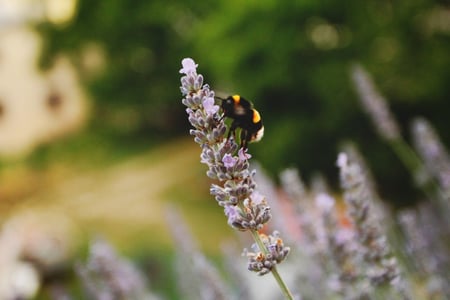
The risks facing pollinators are daunting.
First, we have decimated their former habitats. By paving over green spaces, we take away food and shelter, and we don’t put anything in their place.
Urban spaces are covered in dead zones: cement and concrete, asphalt and brick, even lawns – which, chopped down before grasses can bloom, is meaningless greenery. (Plus, they're often too bright for nocturnal pollinators.)
Second, our use of pesticides, herbicides, fungicides and other chemicals to preserve our outdated monoculture methods is also a problem – both inside city limits and in our agricultural spaces.
Third, stormwater also has an impact. With old sewer systems that routinely back up and overflow, we face chemicals and disease flowing into waterways every rainy season. This harms wildlife, quite literally poisoning the well, and that includes pollinators.
The problem, as you can see, is a huge one.
But it is not insurmountable.
How Can We Protect Pollinators?
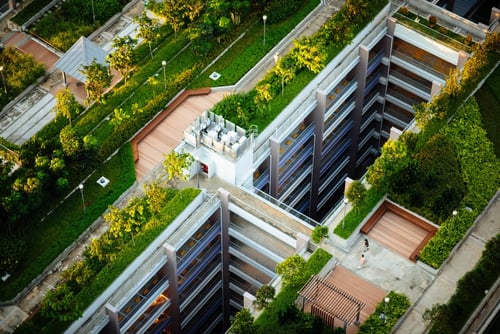
More than anything else, pollinators need a) food and b) green space in which to rest and build homes. But they can’t furnish those elements themselves.
Pollinators rely on us to protect their environments, foster the plants on which they rely and replace the habitat they’ve lost to our activities. It’s up to us to ensure that they not only rebound from human-caused environmental degradation but thrive in their new homes – both within cities and outside them.
One of the best steps we can take is to shrink the amount of dead space between pollinator-friendly habitats. That means planting wildflowers instead of barren lawns, covering rooftops with useful greenery, and protecting parkland and small undeveloped niches of cities. We can also improve pollinator habitat availability by transforming our own gardens into pollinator safe zones that attract, feed and shelter them. Moreover, we should do all of it without the use of chemicals.
Ecogardens can help. If you already know a great deal about the subject and just want some help maintaining a pollinator-friendly space, perhaps you need some consulting. For those who instead need a bottom-to-top build of a green roof, rooftop garden or another urban spot, we’re happy to help there too.
Whatever the case, we’re here to help you protect urban ecology of all kinds, bee and otherwise. We invite you to get in touch today to learn more and make a plan that feels right to you.

